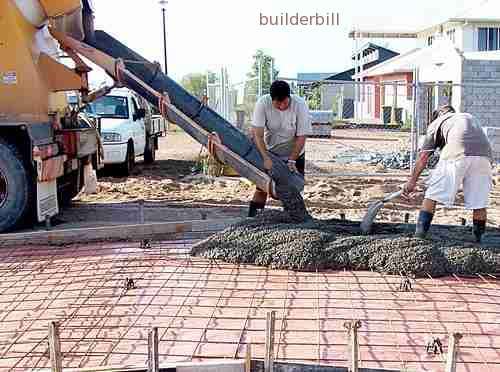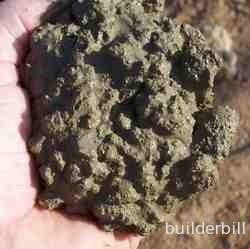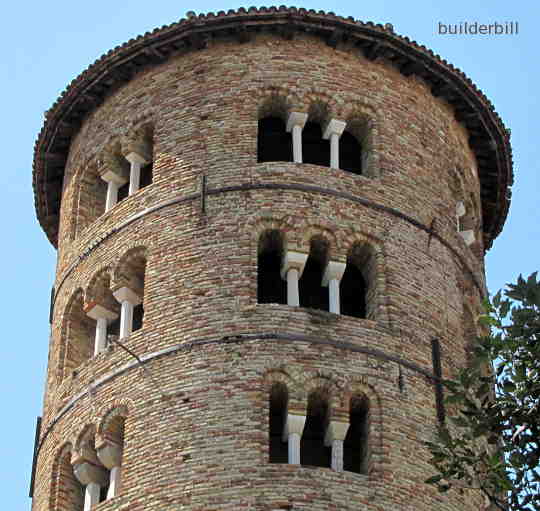 |
|||||||||
Graphical Construction Glossary >> Concrete and Concreting. >> >> Modern Concrete
The concrete that we use today started it's development when a guy called John Smeaton first started experimenting with hydrated lime as a binder for aggregate in the 1850's. Smeaton was in fact the very first civil engineer and he set up the first society to differentiate them from the military and mechanical engineers of Britain at the time. After Smeaton various people took his ideas further but it fell to another Englishman, Joseph Aspdin to finally patented a method of manufacturing a type of slow setting cement from which he made a product called "Portland Cement" which he named after a quality building stone of the time Portland Stone. The name stuck even though Portland Cement as we know it today is quite different. "Cement is made by heating limestone (calcium carbonate), with small quantities of other materials (such as clay) to 1450°C in a kiln, in a process known as calcination, whereby a molecule of carbon dioxide is liberated from the calcium carbonate to form calcium oxide, or quicklime, which is then blended with the other materials that have been included in the mix . The resulting hard substance, called 'clinker', is then ground with a small amount of gypsum into a powder to make 'Ordinary Portland Cement', the most commonly used type of cement (often referred to as OPC)." Quote from Wikipedia. Modern concrete is further defined as being Mass Concrete or Reinforced Concrete
If you didn't find exactly what you are looking for try this search tool that will search the site and the web. "What can be added to the happiness of a man who is in health, out of debt, and has a clear conscience? "When we build, let us think that we build for ever."John Ruskin 1819-1900 |
Hire Equipment  Furniture Fittings - Architectural Hardware - Electronic Locking Systems - Technical Hardware BuilderBill sponsorship Glossary Pages.Roof Glossary and Roofing Formwork Glossary and other tempory work. Hand Tools Glossary Power Tools Glossary Asbestos Glossary Woodwork Glossary Stair Glossary Concrete Glossary Masonry Glossary doors Glossary BuilderBill Books Building Maths  Stair Design  Asbestos Book |
||||||||
|
|
|||||||||
|
Please Note! The information on this site is offered as a guide only! When we are talking about areas where building regulations or safety regulations could exist,the information here could be wrong for your area. It could be out of date! Regulations breed faster than rabbits! You must check your own local conditions. Copyright © Bill Bradley 2007-2012. All rights reserved. |
|||||||||


